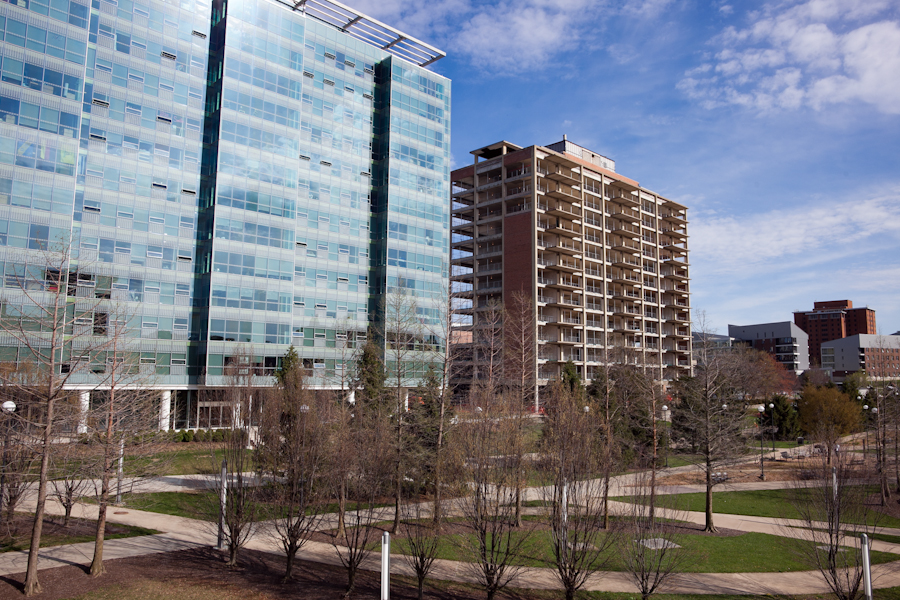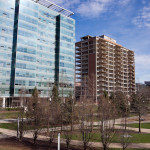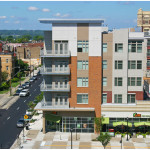Data released by the UC Economic Center shows that Cincinnati’s uptown neighborhoods – Avondale, Clifton, Corryville, Clifton Heights, Fairview, University Heights, and Mt. Auburn – contribute heavily to the regional economy.
Commissioned by the Uptown Consortium, a non-profit dedicated to development in the area, the collection of neighborhoods actually have an outsized influence on the regional economy.
According to the study, uptown houses more than 800 businesses that collectively employ around 52,000 employees and contribute more than $3 billion in annual wages in the Cincinnati Metropolitan Statistical Area. For the City of Cincinnati, the area represents 18.2% of all income tax collections taken in by City Hall.
These statistics are buoyed by the fact that the area also has one of the fastest growing job rates in the region. From 2012 to 2013, uptown neighborhoods saw employment rise by 12%, while growth throughout the rest of the city stood at 0.2%, and the rest of Hamilton County at 0.7%. All of this growth has led to a building boom that is changing uptown’s image.
Furthermore, the UC Economic Center found that while average city-wide property taxes collected per acre held averaged $8,000, while in the uptown area that figure stood at an average of $14,000 per acre.
This economic impact is driven mostly by what the report refers to as anchor institutions – education, healthcare, and social assistance agencies. These types of employers make up a large portion of the city economy, but particularly so uptown. Overall, these types of employees make up 16.3% of the city’s total workforce, and contribute around $98 million in city income taxes and $17 million in Hamilton County sales taxes annually.
All told, they account for 7.8% of the Cincinnati MSA’s gross regional product.
The report also demonstrates that, in addition to the direct economic impact of anchor institutions, they also draw considerable indirect impact from the money injected into the local economy.
While the institution and what are referred to as their auxiliary businesses are a boon for the regional economy at the moment, an over reliance on them could be dangerous.
As the Economic Center stated, “were the University of Cincinnati to close, much of the economic activity in Uptown would leave the region.”


